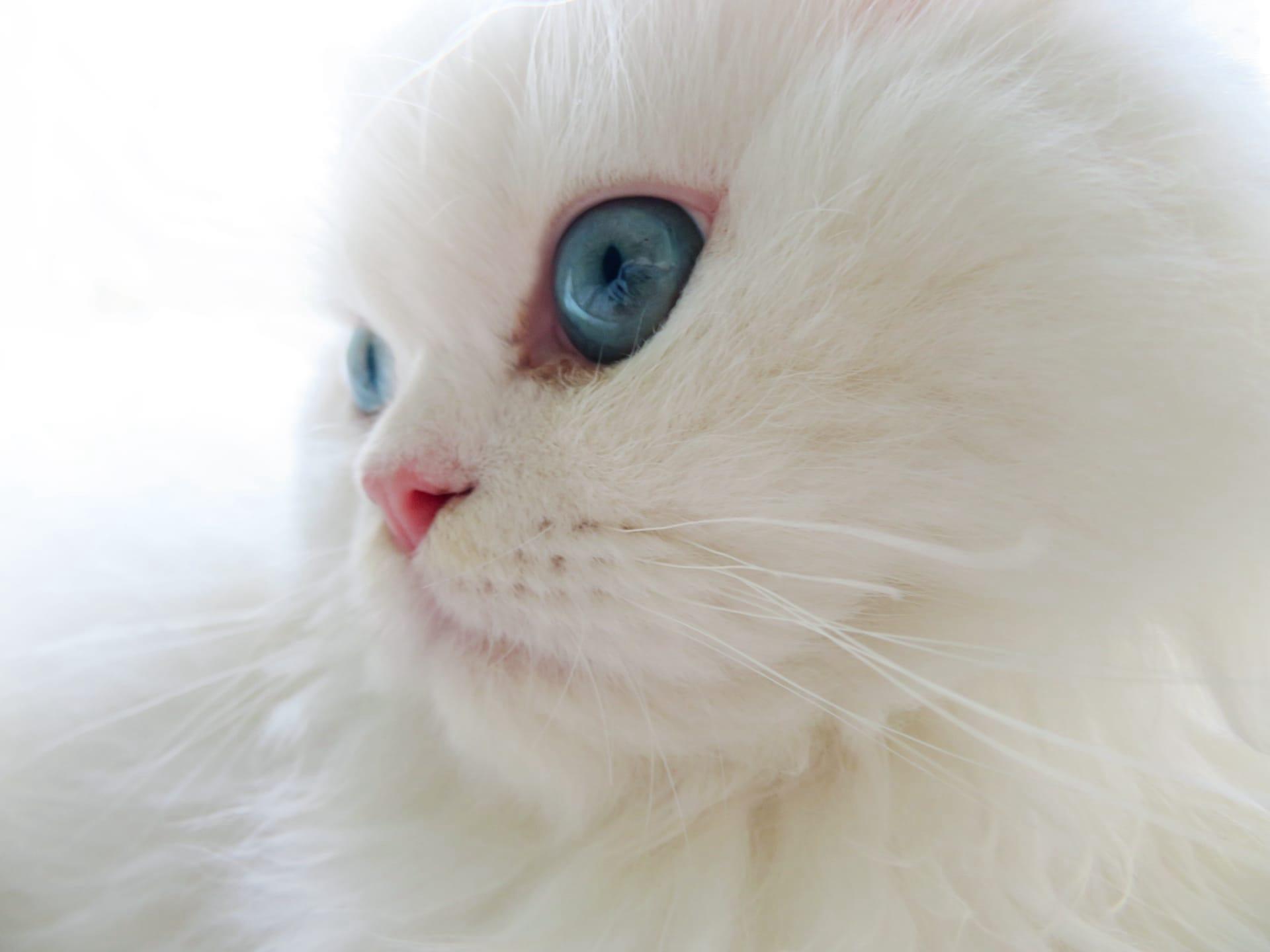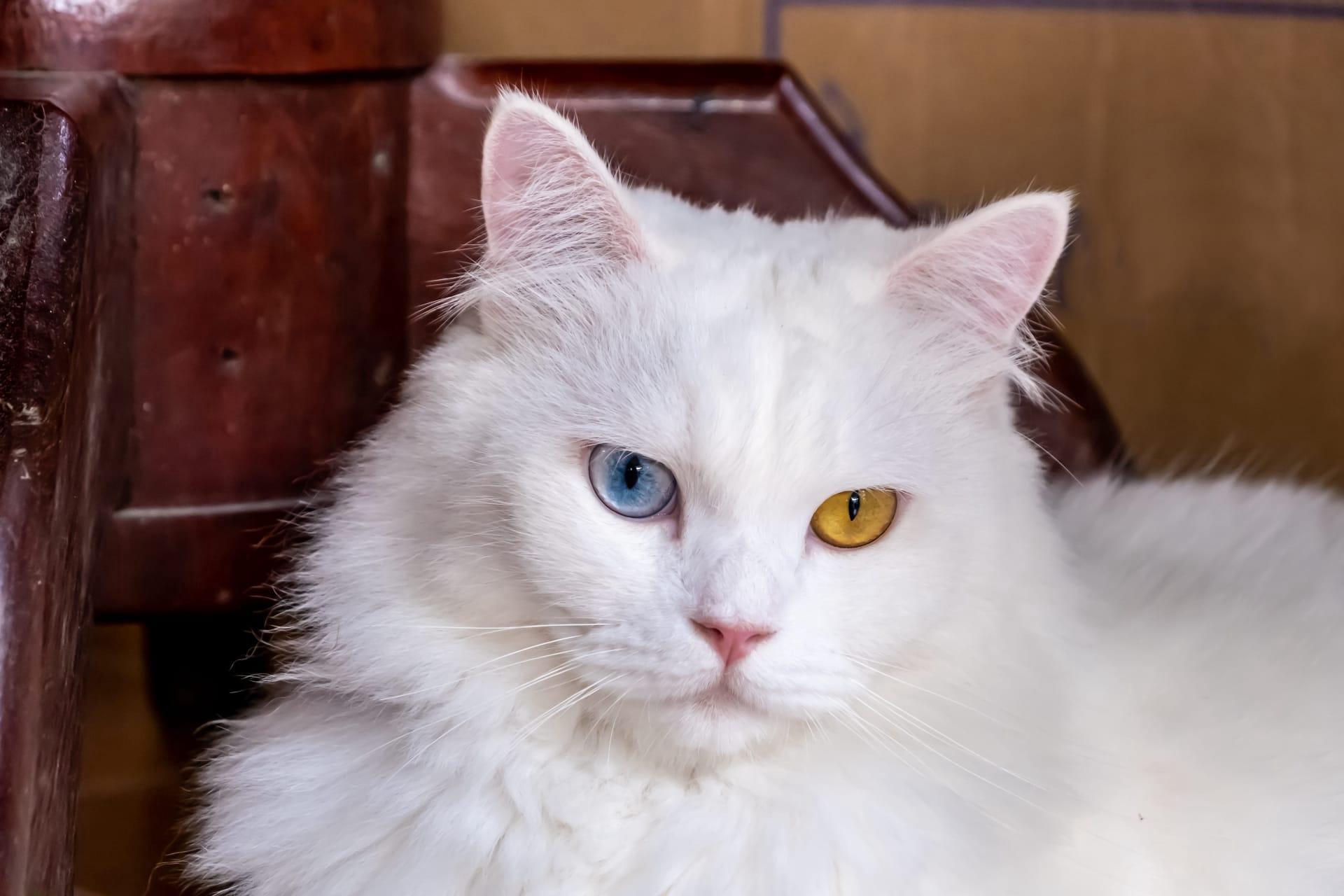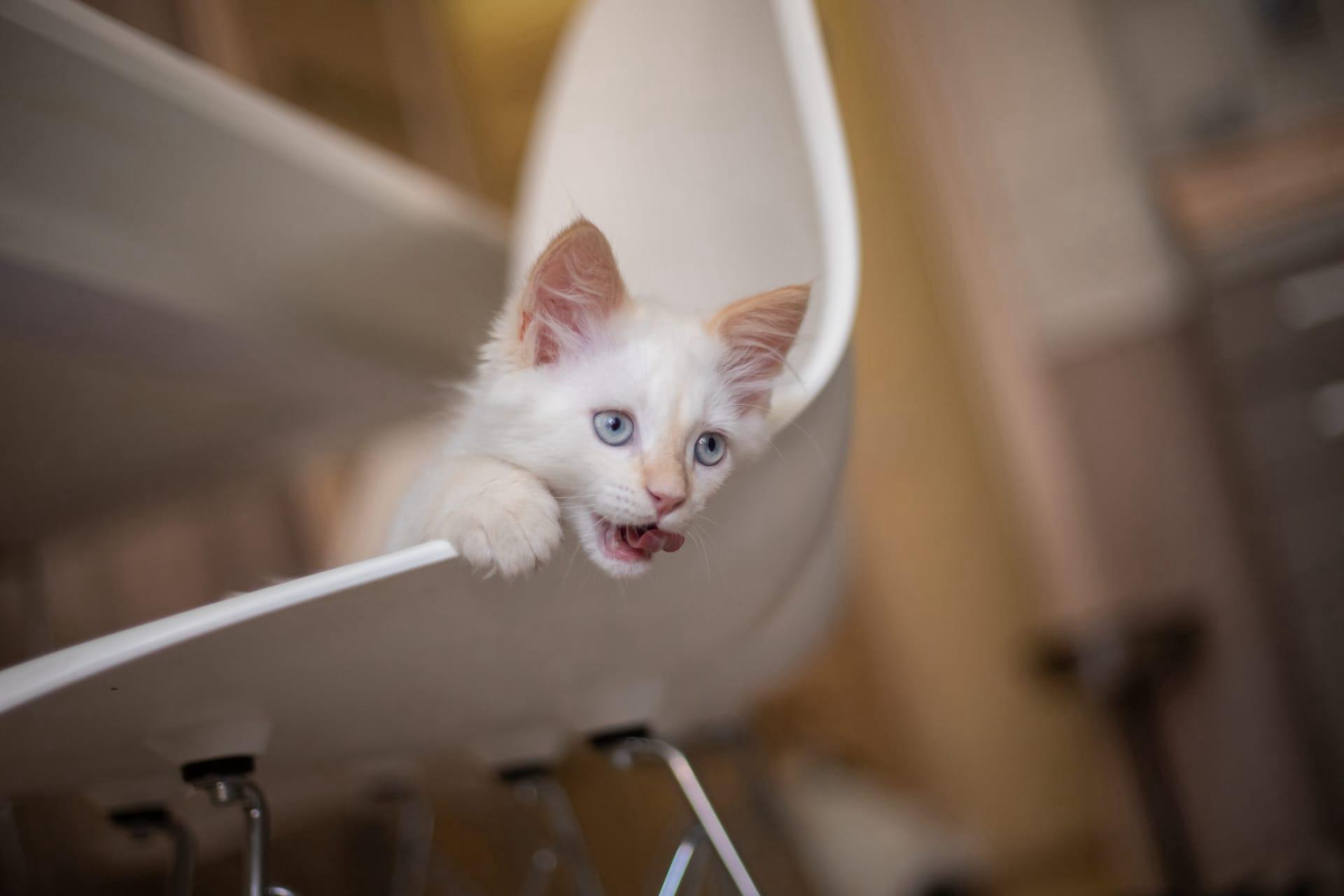Turkish Angora Cat
- Home /
- Mini Encyclopedia /
- Animal /
- Turkish Angora Cat
1
The Turkish Angora cat, a distinguished member of the Felidae family, falls within the domestic cat category, scientifically named Felis catus. Originating from Turkey, specifically the Ankara region formerly known as Angora, this breed is renowned for its elegant, long, and silky coat, which predominantly appears in white but can display a variety of colors and patterns. Characterized by its slender body, large ears, and almond-shaped eyes, the Turkish Angora is a purebred that has captivated cat enthusiasts around the globe.
The distribution of the Turkish Angora spans worldwide, thanks to its popularity among cat lovers and breeders. Initially confined to Turkey, where it was revered in the Ankara Zoo as a national treasure, the breed has since been exported and bred internationally, thriving in various climates and cultures. In the United States and Europe, the Turkish Angora has gained a significant following, with breeders and cat shows dedicated to this specific breed, highlighting its global appeal and adaptability.

2
Question: Is it true that all Turkish Angora cats are white with blue eyes?
Answer: This is a common misconception. While the white coat and blue eyes are iconic features of the Turkish Angora, this breed can exhibit a wide range of colors and eye colors. Genetic diversity allows for Turkish Angoras to have coats in black, red, blue, and cream, among others, with patterns including tabby, calico, and tortoiseshell. Similarly, their eye colors can be blue, green, amber, or heterochromatic (having two different colored eyes). The emphasis on white-coated, blue-eyed individuals stems from their historical significance and popularity, but it does not encompass the breed's full genetic variety.

3
The Turkish Angora cat has held a significant place in human society, primarily due to its long history of domestication and companionship. Known for its affectionate and playful nature, this breed often forms strong bonds with its owners, demonstrating loyalty and a desire for interaction. Its sociable behavior makes it an ideal pet for families and individuals alike, seeking companionship and engaging in playful activities. Their intelligence and curious demeanor often lead to them being involved in various family activities, making them a cherished member of the household.
In addition to their role as companions, Turkish Angoras have been part of therapeutic programs, where their gentle and calming presence benefits individuals with disabilities or those undergoing recovery. Their intuitive and sensitive nature allows them to connect with people in need, offering comfort and emotional support. This therapeutic role underscores the breed's adaptability and the depth of its relationship with humans, showcasing the Turkish Angora's contribution beyond mere companionship to fostering wellbeing and support in human lives.

4
The origin of the Turkish Angora can be traced back to the Ankara region in Turkey, where it is believed to have developed naturally as a breed several centuries ago. Its elegant appearance and long, silky coat were likely adaptations to the varying climate of the region, providing it with both warmth in the winter and a lighter coat during the summer months. Esteemed for its beauty and grace, the Turkish Angora was kept in the Ottoman courts and later became a prized breed in Europe, signifying status and refinement among its owners.
The evolution of the Turkish Angora has been influenced by its interactions with humans and the breed's global dissemination. While its core characteristics have remained, selective breeding has emphasized certain traits, such as coat color diversity and eye color. The breed's genetic pool has expanded due to crossbreeding, introducing new characteristics while preserving its distinct personality and physical traits. Efforts by breeders and organizations to maintain the breed's standards have ensured the Turkish Angora remains a symbol of elegance and heritage, reflecting its rich history and ongoing appeal.

5
Film: "The Elegance of the Turkish Angora" is a documentary produced in the United Kingdom in 2015. It explores the history, characteristics, and modern-day status of the Turkish Angora cat breed. Through interviews with breeders, historians, and cat enthusiasts, the film provides insights into the breed's origins in Turkey, its cultural significance, and its spread across the globe. The documentary also highlights the breed's unique traits and the efforts to preserve its purity and legacy.
Book: "Angoras of Ankara: A Cat's Tale" is a comprehensive book published in the United States in 2018 by author Elizabeth Harding. It delves into the history and development of the Turkish Angora, from its beginnings in the Ankara region of Turkey to its recognition as a cherished breed worldwide. Harding provides detailed descriptions of the breed's physical characteristics, temperament, and care requirements, along with stories from Turkish Angora owners, making it an informative and engaging read for cat lovers.
Book: "Whiskers and Silk: The Turkish Angora Story" by James Robertson, published in Canada in 2020, offers an in-depth look at the Turkish Angora breed. Robertson's work covers the genetic lineage, health, and behavioral traits of the Turkish Angora, incorporating scientific research and personal anecdotes. The book also addresses the challenges and rewards of breeding and caring for Turkish Angoras, providing readers with a thorough understanding of what it means to be part of the life of these elegant felines.